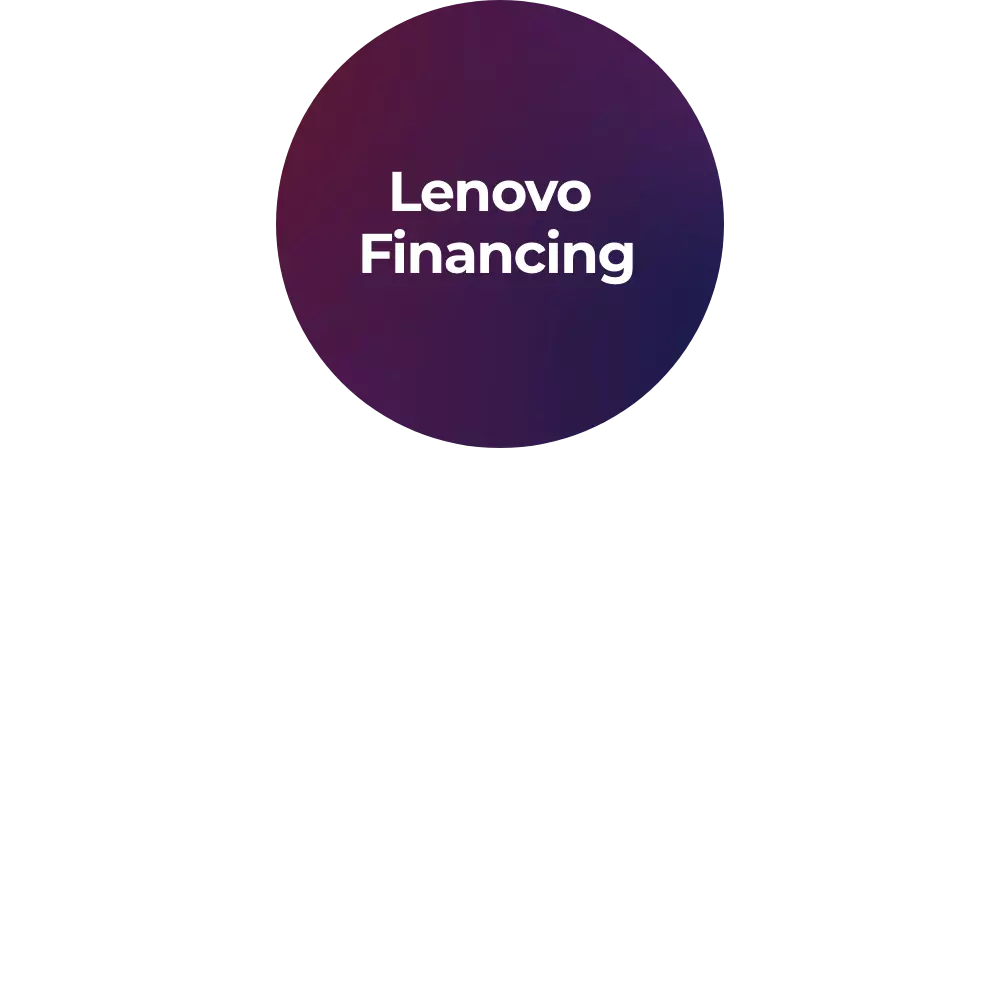What is a spindle?
Spindle is a term commonly used in technology, especially in the context of computing and programming. Essentially, a spindle refers to the central shaft or hub where various components rotate around. In the tech world, this concept is applied in different ways depending on the context.
How does a spindle relate to computing?
In computing, a spindle is often associated with hard disk drives (HDDs). The spindle in an HDD is the central rod that the disks, or platters, revolve around. These spinning platters store and retrieve data through a read/write head that moves along the spindle. It's a fundamental part of traditional disk storage.
What is the role of a spindle in a hard disk drive (HDD)?
Imagine your HDD as a stack of spinning plates, each containing data. The spindle is like the axle that runs through the center of these plates. When you access data, the read/write head moves to the specific plate on the spindle, allowing you to read or write information. The faster the spindle spins, the quicker your data can be accessed.
How does spindle speed impact the performance of an HDD?
Spindle speed is crucial for HDD performance. A higher spindle speed means the plates rotate faster, resulting in quicker data access. Common spindle speeds include 5400 revolutions per minute (RPM) and 7200 RPM. The faster the spindle, the faster your computer can fetch data, making a significant difference in overall system speed.
What advancements have been made to improve spindle speeds in HDDs?
Over time, technology has pushed the limits of spindle speeds. We've seen innovations like 10,000 revolutions per minute (RPM) and even 15,000 RPM hard disk drives (HDDs). These high-speed spindles enhance the efficiency of data retrieval, making them suitable for tasks requiring quick access to large amounts of information, such as gaming or video editing.
Does the concept of a spindle apply to other technologies besides HDDs?
Yes, while hard disk drives (HDDs) are a prominent example, the spindle concept extends to other areas. For instance, in machining and 3D printing, spindles are central components that rotate tools or build materials. The concept is versatile, adapting to different technologies where rotation around a central axis is crucial.
How is the concept of a spindle relevant in programming?
In programming, the term "spindle" might not refer to a physical component but can represent a central point or hub in a system. It's a metaphorical concept denoting a core element around which various processes or functions revolve. This could be a central function in a program or a key piece of code that orchestrates other operations.
Give an example of a metaphorical "spindle" usage in programming?
In a web application, you might have a central module or function that manages user authentication. This authentication spindle ensures that all user access points connect to and rely on this central piece of code, making it a crucial hub in the application's functionality.
How does the idea of a spindle apply to network communications?
In networking, a spindle-like concept can be seen in the form of central network hubs or switches. These devices act as central points where various devices connect, enabling communication within a network. Information flows through these hubs, much like data is accessed through the spindle in a hard disk drive (HDD).
What is the role of network switches as "spindles" in communications?
Imagine a network switch as the spindle in a communication network. Devices like computers, printers, or other networked equipment connect to the switch, much like data plates to a spindle. The switch efficiently directs data, ensuring that information from one device reaches its intended destination, making it a vital component for seamless communication in a network.
How does the concept of a spindle apply to cloud computing?
In the realm of cloud computing, the idea of a spindle can be likened to the central management and distribution of resources. Cloud service providers act as spindles, efficiently allocating computing power, storage, and other resources to meet the demands of various users and applications.
How do cloud service providers act as spindles in resource allocation?
Picture a cloud service provider as the spindle in the cloud computing environment. Users, businesses, and applications connect to the cloud, much like devices to a traditional spindle. The provider dynamically allocates resources based on demand, ensuring that each user gets the necessary computing power, storage, and other services, making the cloud system highly adaptable.
How has the concept of a spindle evolved with the rise of SSDs?
The introduction of solid-state drives (SSDs) has revolutionized storage technology, moving away from traditional spinning disks. Unlike hard disk drives (HDDs) with a physical spindle, SSDs use flash memory for data storage. This eliminates the need for moving parts, providing faster data access, lower power consumption, and increased durability compared to traditional spindles in HDDs.
Does the term "spindle" have any relevance in the context of cybersecurity?
In cybersecurity, the spindle concept can be applied metaphorically to represent a central security hub. This hub could be a robust firewall, intrusion detection system, or any centralized security mechanism that safeguards a network or system. Just as a physical spindle protects data in a hard disk drive (HDD), these cybersecurity spindles shield against unauthorized access and cyber threats.
Why is understanding the 'spindle' concept beneficial for tech enthusiasts or professionals?
For tech enthusiasts and professionals, grasping the spindle concept provides a deeper understanding of the fundamental components and structures in various technologies. Whether it's optimizing hard disk drive (HDD) performance, designing efficient programming architectures, managing network communications, or navigating the evolving landscape of storage with solid-state drives (SSDs), the concept of a spindle serves as a foundational element, connecting different aspects of technology.
How indexes serve as virtual spindles in databases?
Think of a database as a vast collection of information, similar to data plates on a spindle. Indexes are like a guide, providing a roadmap to where specific data is stored. When you query the database, the index helps the system quickly locate and retrieve the requested information. This is crucial for optimizing database performance, especially in scenarios where large volumes of data are involved.
How does the spindle concept play a role in edge computing?
In edge computing, the spindle concept can be associated with the edge devices that process data locally before transmitting it to a central server. These edge devices act as spindles, managing and optimizing data processing at the network's periphery. This approach reduces latency and enhances the efficiency of data analysis, making edge computing a pivotal component in modern distributed systems.
















